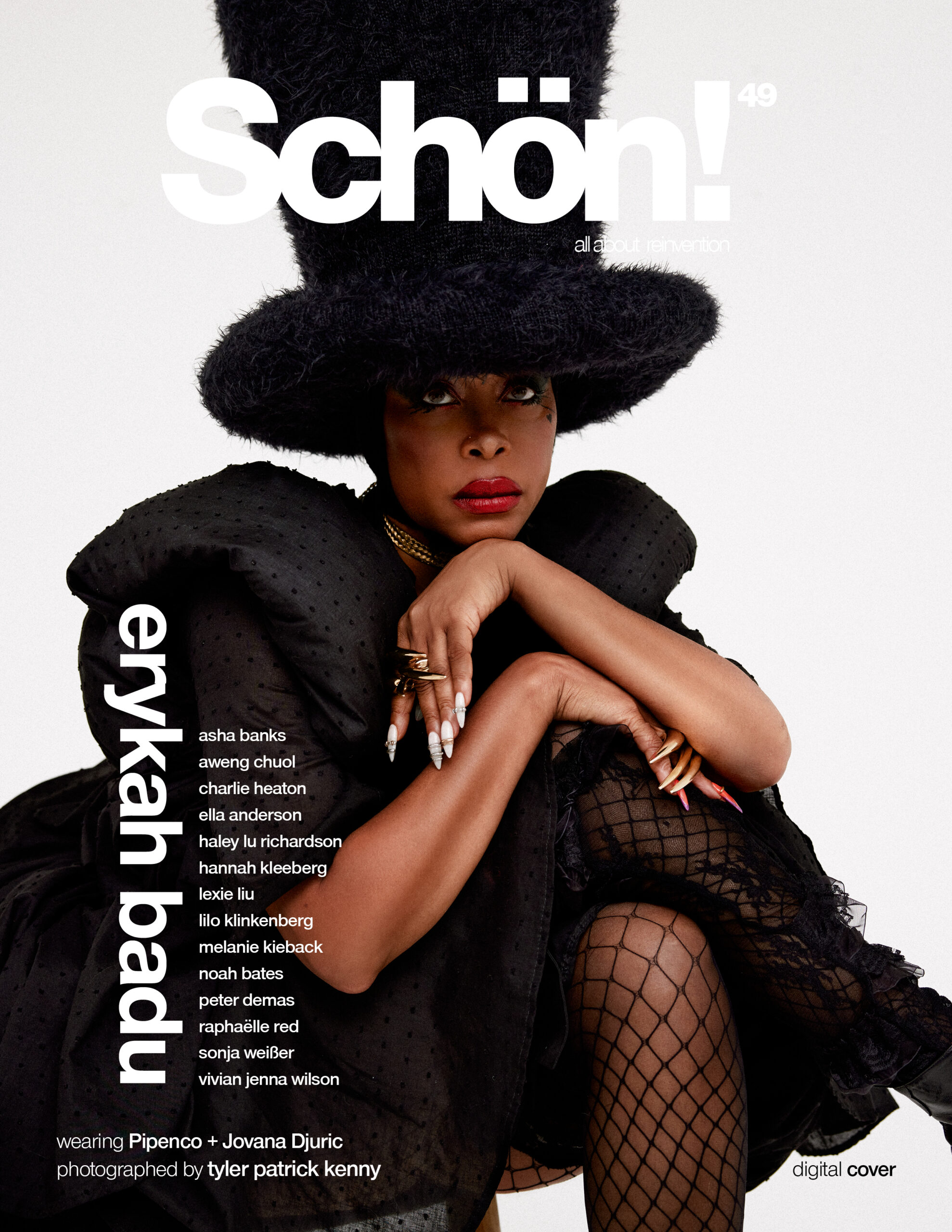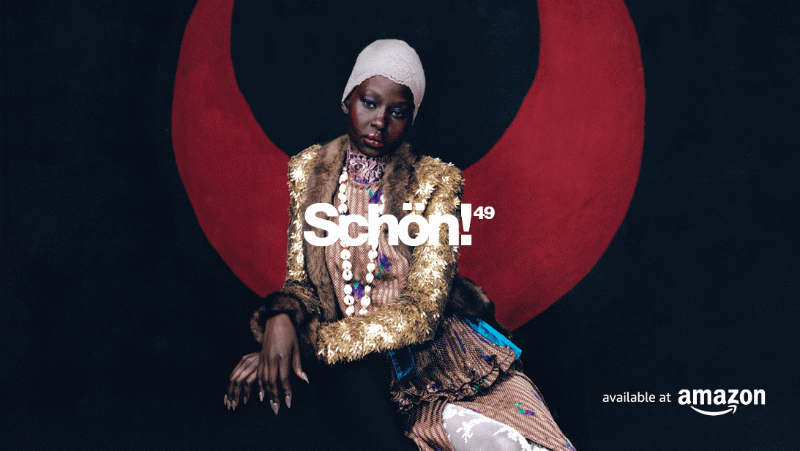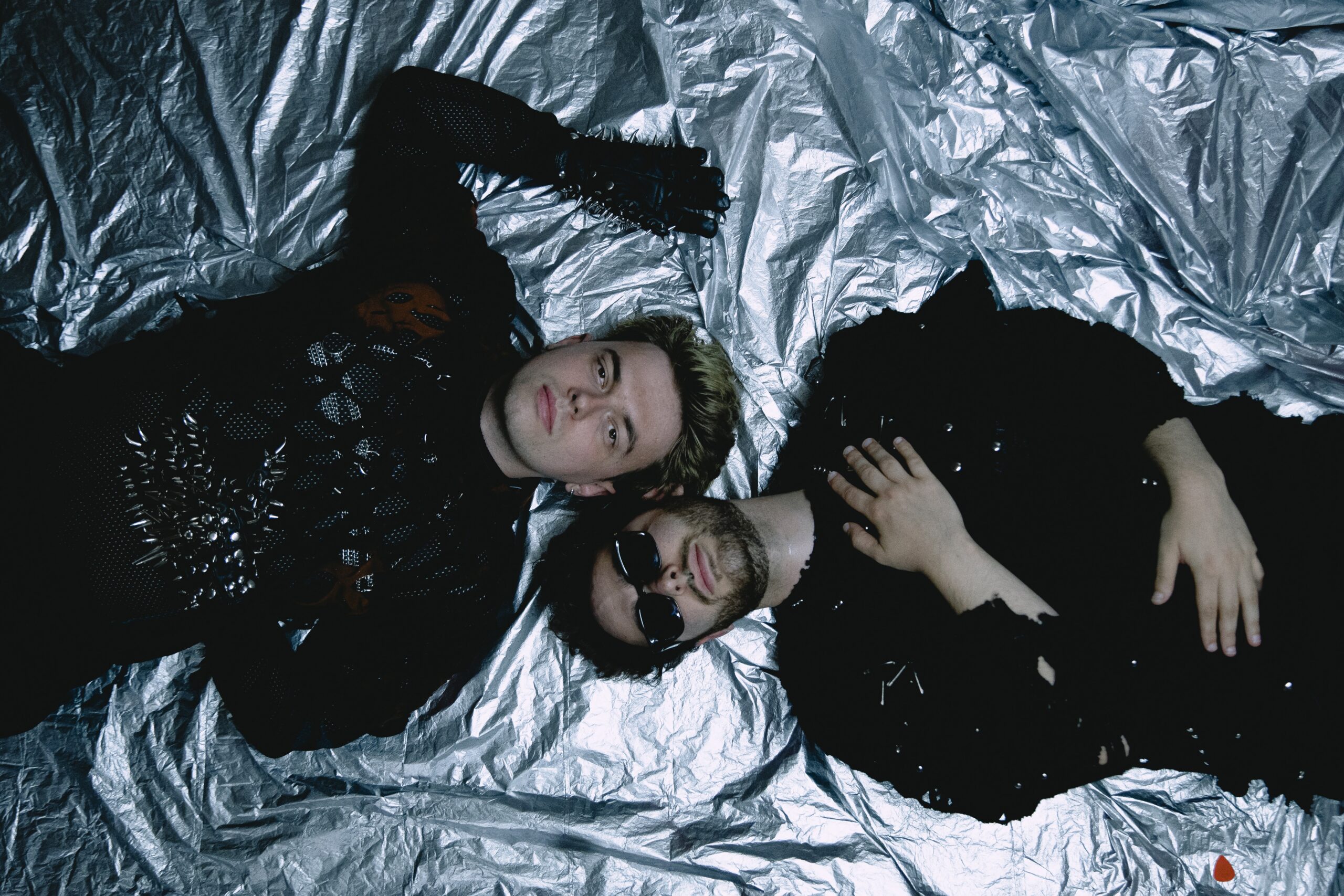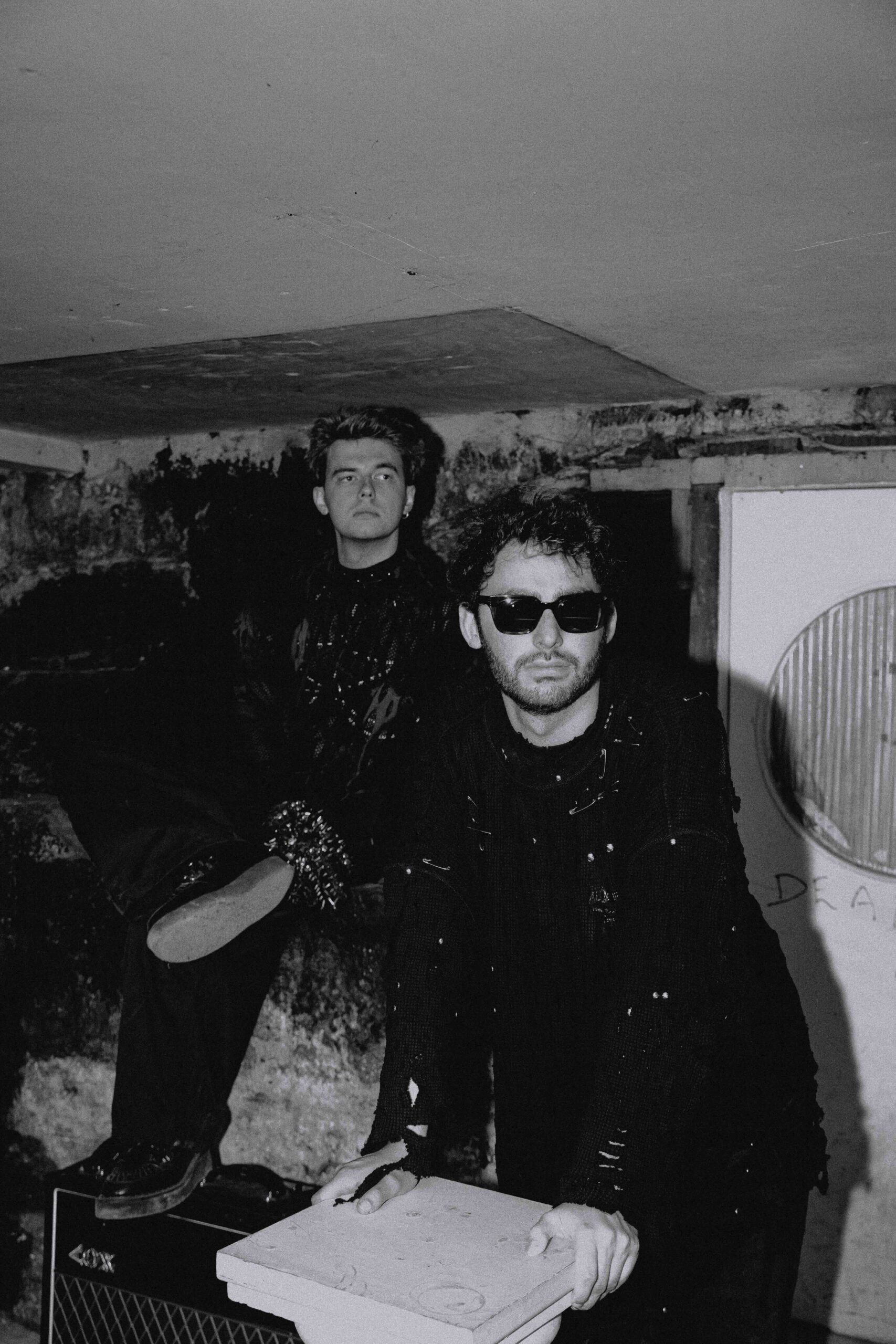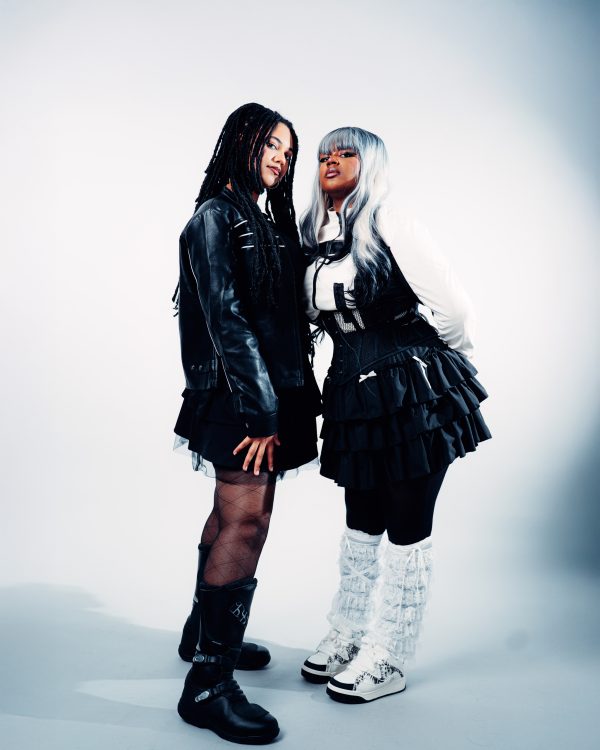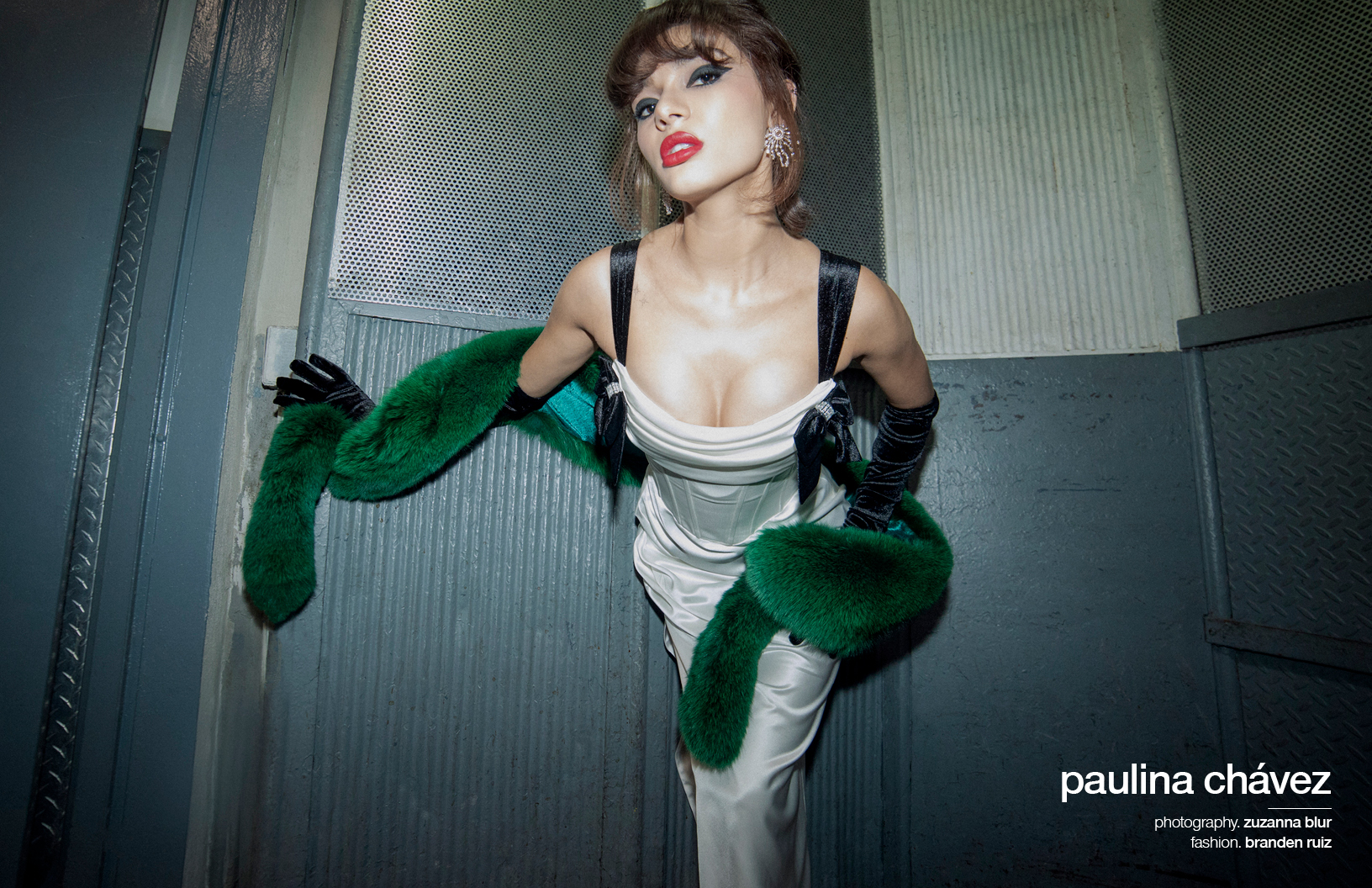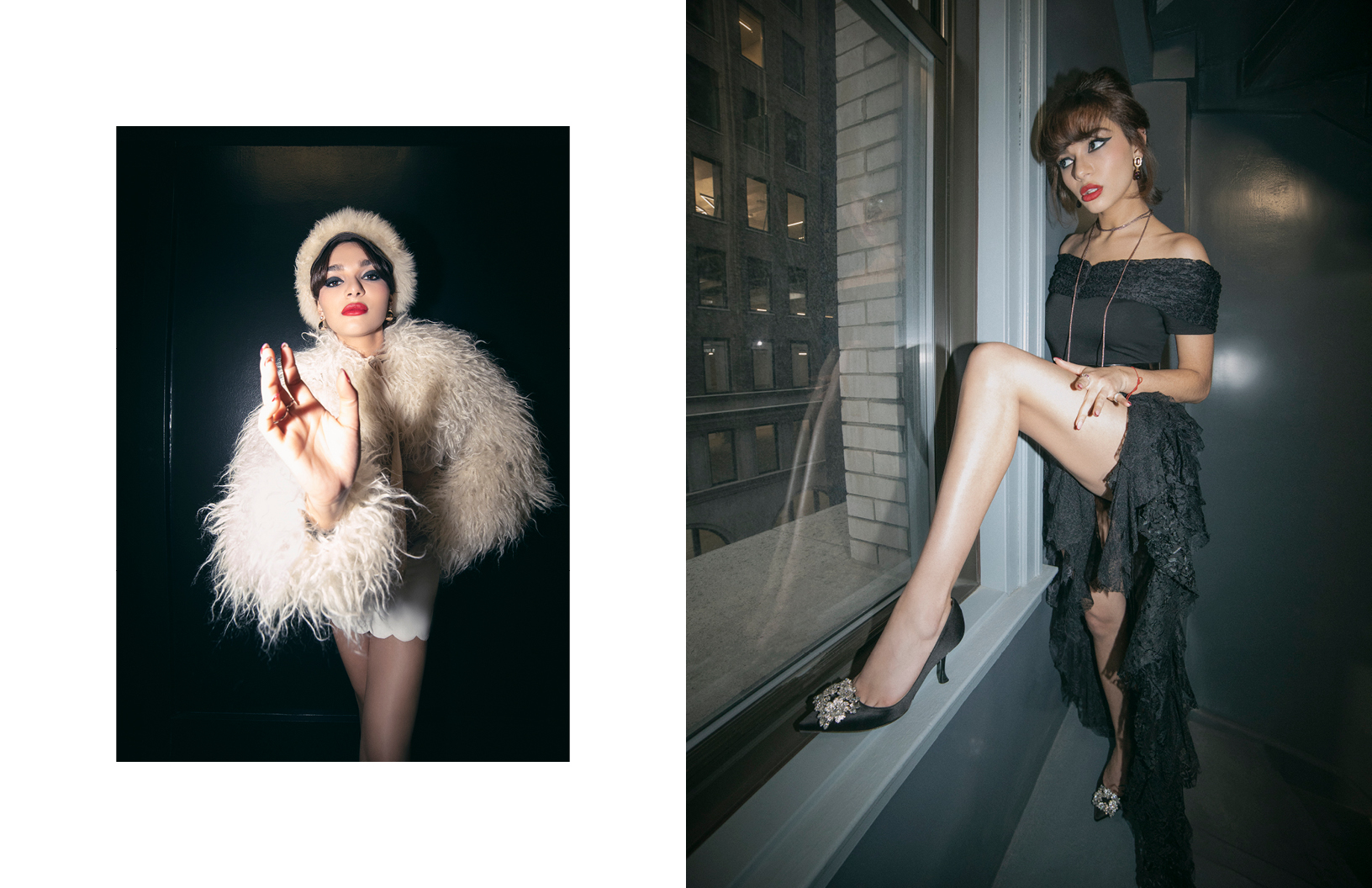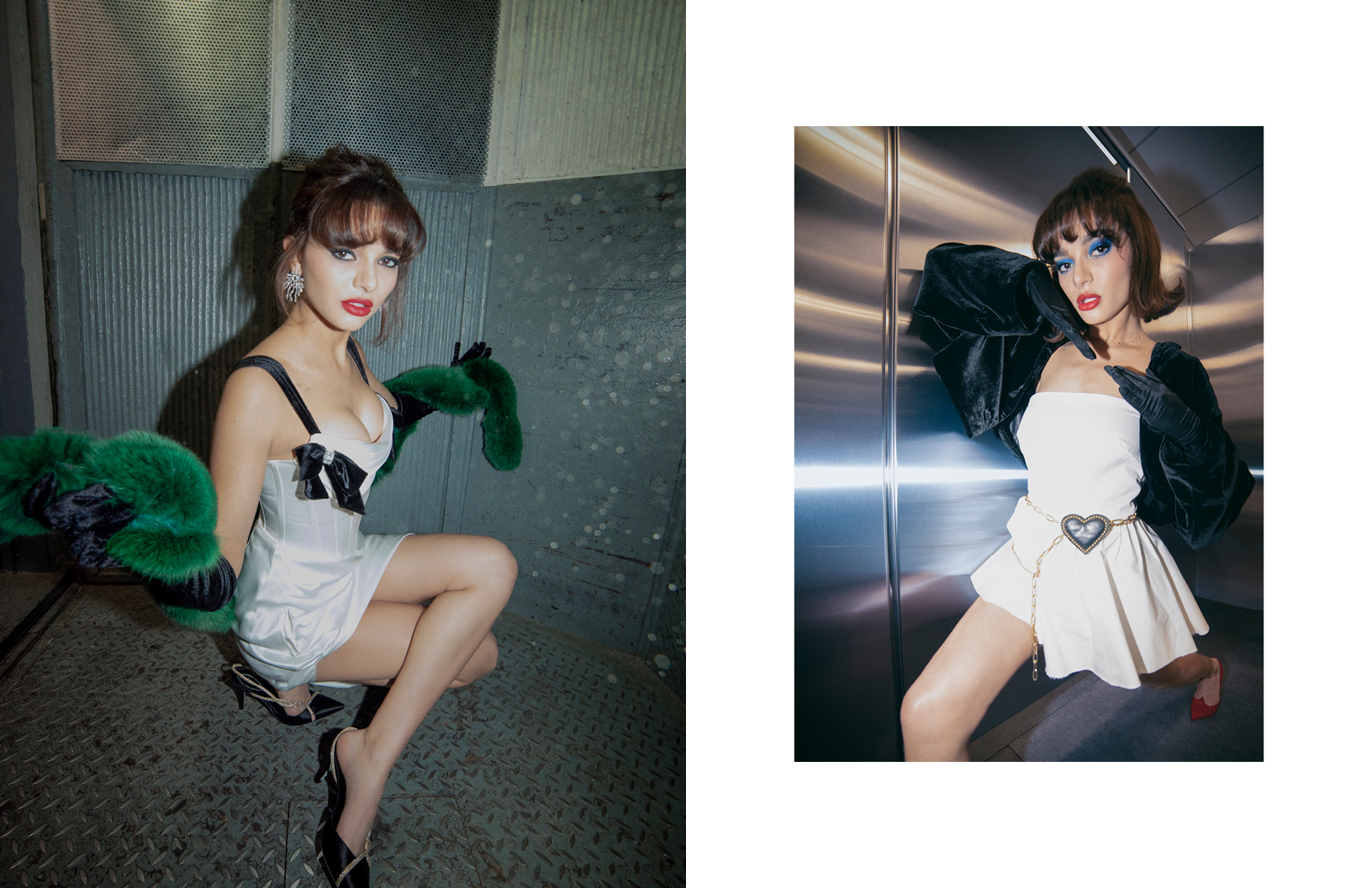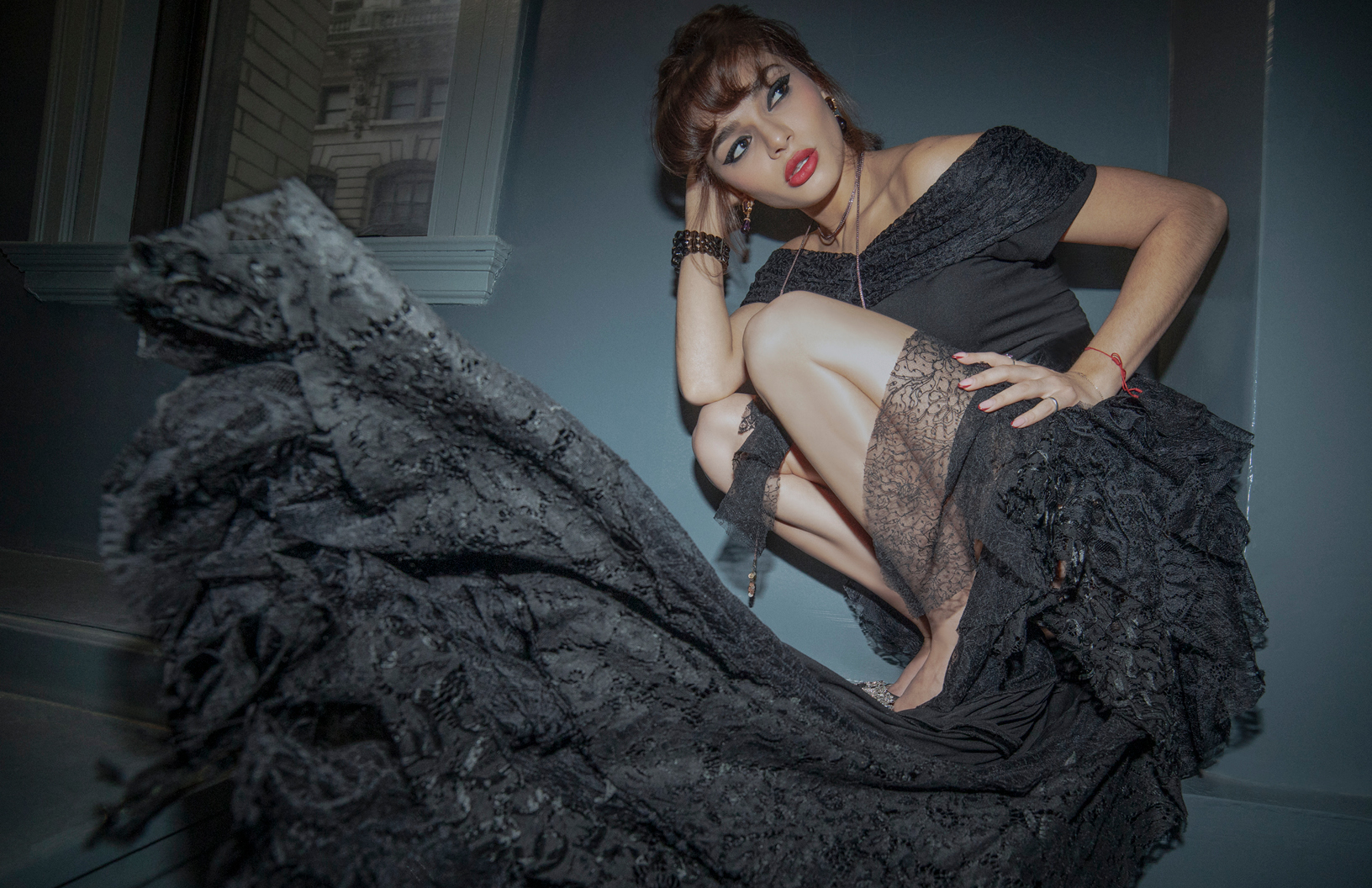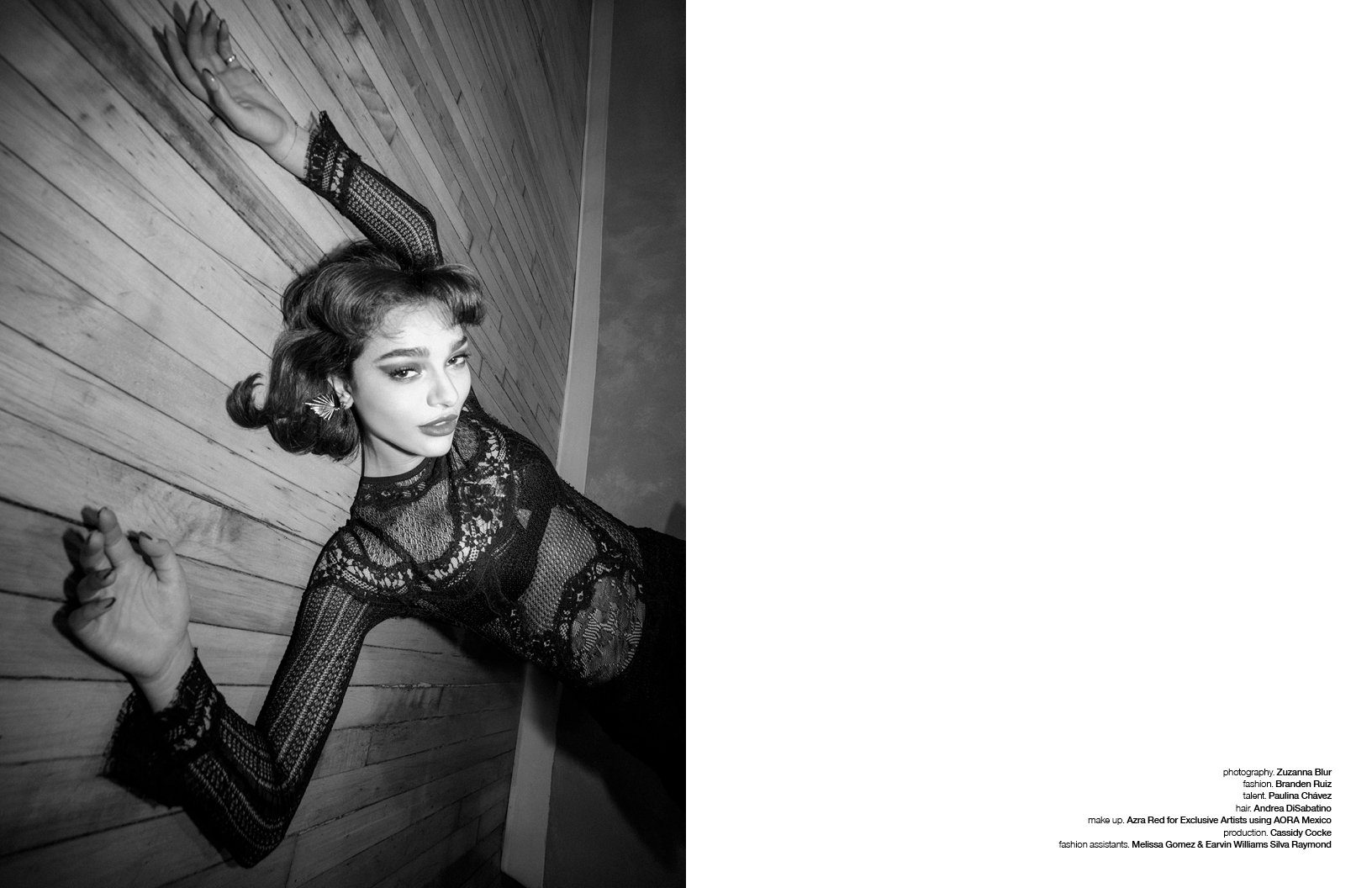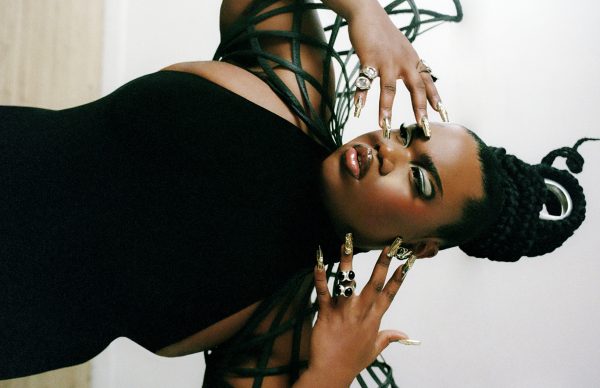This May, New York-based artist Maria Kreyn will have her first major solo show in London, entitled Polyphony. Kreyn’s work is unusual and unique within the contemporary art market; she paints like an Old Master, having received her training via old-school art apprenticeships throughout Europe. Likewise, on first glance, Kreyn is engaged with traditional subject matter- interested in the aesthetics and stories imbued within Christian mythology. However such stories are reinterpreted and reconceptualised by “investigating our own time through the use of old-world tropes… I’m trying to build an original language through collating, imagination and citation, a sort of remix of past and present.”
I’ve always been fascinated with the way in which mythology and storytelling have functioned within past societies. My formative studies in Art History were an awakening as to how Christian iconography was used as an educative mode for the illiterate, religious masses. Saints were aspirational figures precisely because they were imperfect beings that found the path back to their Higher Selves. And in this way, art was used as a means to illustrate the stages and archetypes of initiation; coming of age stories that encourage a lucid approach to living. I’ve often wondered whether the lack of myth today as a guiding, instructive force is part of the reason why we’re living in such a fractured, tense, impersonal and separatist moment in history. Kreyn’s work reawakens the power of myth as an important learning device, one that is as urgently salubrious today as it were in the past.
How do you think myth functions in our contemporary society?
I was quite hesitant about incorporating Christian mythology [into] my art at first. But in a way I think that’s what’s so salient about our culture — because we don’t have anyone telling us what our story is any more, we don’t have an organized religion that gives us an overarching structure for our understanding of mythology; or a common iconography that we share, a book we can all refer back to, or an A-Z of stories. So now, when we see mythology, it’s in the form of fragmented visual cues — they’re like little hints. Playing with that is really interesting because you can’t deny that these myths exist but you also can’t say you know exactly what they mean.
How does this fragmentation of subject matter and symbols come to fruition in your creative process?
It’s what’s so interesting about working with these old-school motifs. Taking these stories and reframing them within a context that is [freer] to think outside of the parameters of the specific tale, I’m free to pick and choose elements, and sort of collage them. And essentially I’m taking these religious figures and de-religioning them; humanising them- making them people. I rework religious subjects into very non-religious contexts, but they hold on to the aesthetic or ‘tip their hats’ to the entire period of Old Master painting because I just think it’s so beautiful.
Your work certainly speaks to the Baroque period, and painters such as Caravaggio… what inspires you from this period of art history?
Baroque painters were masters of using light and shade as dramatic cues as a way in which to invoke certain emotional states in the viewer. Religion was ultimately this veil, or superstructural starting point for these artists, as that’s the economic system they were working within. Ultimately the ones that really excelled in their craft were those who were concerned purely with moving people.
There’s a reason why those paintings are drawn so beautifully, where you just see a hand or something and it breaks your heart in the best way possible. If we can draw from that wisdom but reframe it in a contemporary, and, sometimes whimsical way, you get something really profound.
Your paintings are so technically polished and emotively charged that they have a transportative and meditative effect that is so contrasting to modern modes of living, is that purposeful?
We live in an increasingly mechanized world. As everything gets more compartmentalized, mechanized, and done for us; I think there [are] increasingly parts of us that are missed. So yeah, I’m speaking to those things, speaking to those very private moments, in an environment where privacy becomes very scarce — even when you’re alone your privacy is scarce because now we’re thinking ‘ok this is what’s happening to me now, how do I share it?’ and not always in a positive way.
I think I’m trying to recapture a moment that sucks you in and transports you. Turns the volume down on all of that low-frequency stuff, and sort of just collapses time. Those pure moments of presence. And hopefully, within that vacuum of presence, there’s enough content within them to aesthetically and emotionally engage you. I want to create these moments for viewers where they’re essentially communing with themselves and the magic of art, and living.
Those artists were also masters in exploring the depths of particular emotional states, and so too does your work, specifically intimacy. What attracts you to that area of the human condition?
A lot of the work has to do, in some way or another, with intimacy. And it’s quite literal and specific, an episode of the breaking of intimacy, of something being there and also not being there, this ambivalence. The sense of both; strength and weakness, dominance and submission — at the same time, duality in force. I haven’t seen much of that within art history, particularly in regards to women. When you take them out of being a prop and you give them a sense of agency, and you dig into the notion of not being quite sure. Because we sometimes aren’t, even in like a deep state of love you still know you are just your own human and you can’t fully connect with someone else. And you also have this apprehension of should I be here? Should I not? Right? I don’t think that’s really ever been properly elaborated on, especially through the lens of a woman and her experience.
It’s true, the idea of ambivalence, and not knowing hasn’t really been explored within art history, perhaps because it’s seen to lack gravitas, why do you think it’s an important subject?
I feel it’s important to address the contradictory psychological states that we can have, to resituate modes that have been misinterpreted as forms of weakness. It’s the stuff I’m interested in because that’s the stuff I find in my own head — in that meditative flow state when I’m working. I’m just kind of realising there are so many thoughts flowing through, and we’re kind of like these mythology-making, thought-making machines. We’re clearly having these dialogues within ourselves but we look like we’re these singular entities.
So through this exploration of complex emotions are you ultimately trying to cultivate empathy?
I think that’s the point for me — [the point] of painting in this way where the people look really alone in the work is to activate a very profound sort of empathy. That’s what’s so interesting about our current times, now as we ‘gender-bend’ in our culture. Like how recently our language has become more rigid and precise, as we’re trying to figure out the complexities of gender, it would be interesting to attempt to look through different eyes. Not ‘male gaze’ or ‘female gaze’. I mean, imagine what that could feel like? Because I think we probably all have a plethora of views inscribed within ourselves to some extent, or at least, they can all be cultivated through empathy.
Maria Kreyn’s inaugural show with Heist Gallery, ‘Polyphany’ will open on May 10 at the Welsh Chapel in London.
words. Charlie Siddick

Discover the latest issue of Schön!.
Now available in print, as an ebook, online and on any mobile device.



































































